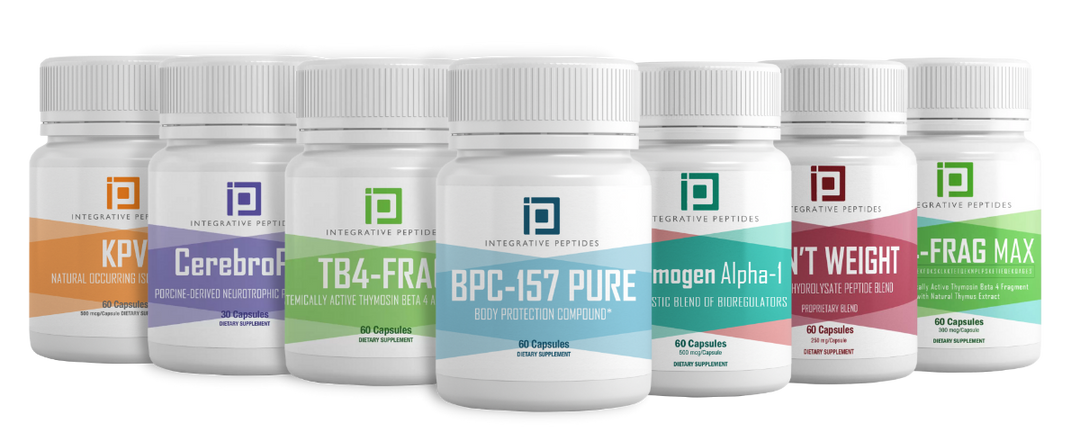Understanding the Impact of Mold Toxins in Coffee
Coffee, one of the world's most beloved beverages, isn't just famous for its rich flavor and energizing effect. Unfortunately, it's also a product that can be susceptible to contamination by mold and the toxins they produce, known as mycotoxins. These mycotoxins, particularly ochratoxin A and aflatoxin, can pose serious health risks when consumed in large quantities. Understanding these risks and how they can be mitigated is essential for coffee lovers who prioritize their health.
How Mold Toxins End Up in Coffee
Mold growth and the subsequent production of mycotoxins in coffee beans can occur at several points during the coffee production chain. From the moment the coffee cherries are harvested to when the beans are processed, dried, stored, and even during transportation, there are opportunities for moisture to encourage mold growth. Poorly maintained facilities, suboptimal drying techniques, and inadequate storage conditions are significant contributors to this problem.
The Health Impacts of Mycotoxins
While the occasional cup of coffee containing trace amounts of mycotoxins is unlikely to cause harm, consistent exposure over time can be problematic. Ochratoxin A, one of the more prevalent mycotoxins found in coffee, can have nephrotoxic effects, potentially harming the kidneys. It has also been classified as a possible human carcinogen by the International Agency for Research on Cancer. Aflatoxins, though less commonly found in coffee, pose a severe risk as potent carcinogens, particularly affecting the liver.
Minimizing Exposure to Mycotoxins in Coffee
The coffee industry and regulatory bodies in many countries have established standards and practices to reduce the presence of mycotoxins in coffee. However, consumers can also take steps to minimize their risk of exposure. These include:
- Choosing Specialty Coffee: Specialty coffee producers often employ higher standards of processing and storage, reducing the likelihood of mold growth.
- Checking the Source: Understanding where your coffee comes from and how it's produced can give you insights into potential mycotoxin risks. Coffees produced in drier climates, for instance, are less susceptible to mold.
- Storage Practices: Store coffee in a cool, dry place away from direct sunlight to discourage mold growth.
- Avoiding Bulky Purchases: Buying coffee in smaller quantities ensures it's consumed before there's a chance for mold to develop during storage at home.
Further Research and Regulations
Research into the effects of mycotoxins in coffee and the best practices for mitigating their presence is ongoing. Regulatory bodies in many countries set maximum permissible levels of these toxins in food and beverages, including coffee. Advances in agricultural, processing, and storage technology continue to improve the safety of coffee with respect to mycotoxin contamination.
Conclusion
While mycotoxin contamination in coffee is a concern, understanding the issue helps consumers make informed choices. By being aware of how mycotoxins can affect health and how their presence in coffee can be minimized, coffee enthusiasts can continue to enjoy their favorite beverage with peace of mind. As the coffee industry continues to develop better methods of managing and reducing the risk of contamination, the future of coffee can remain as bright as its flavor.




Leave a comment